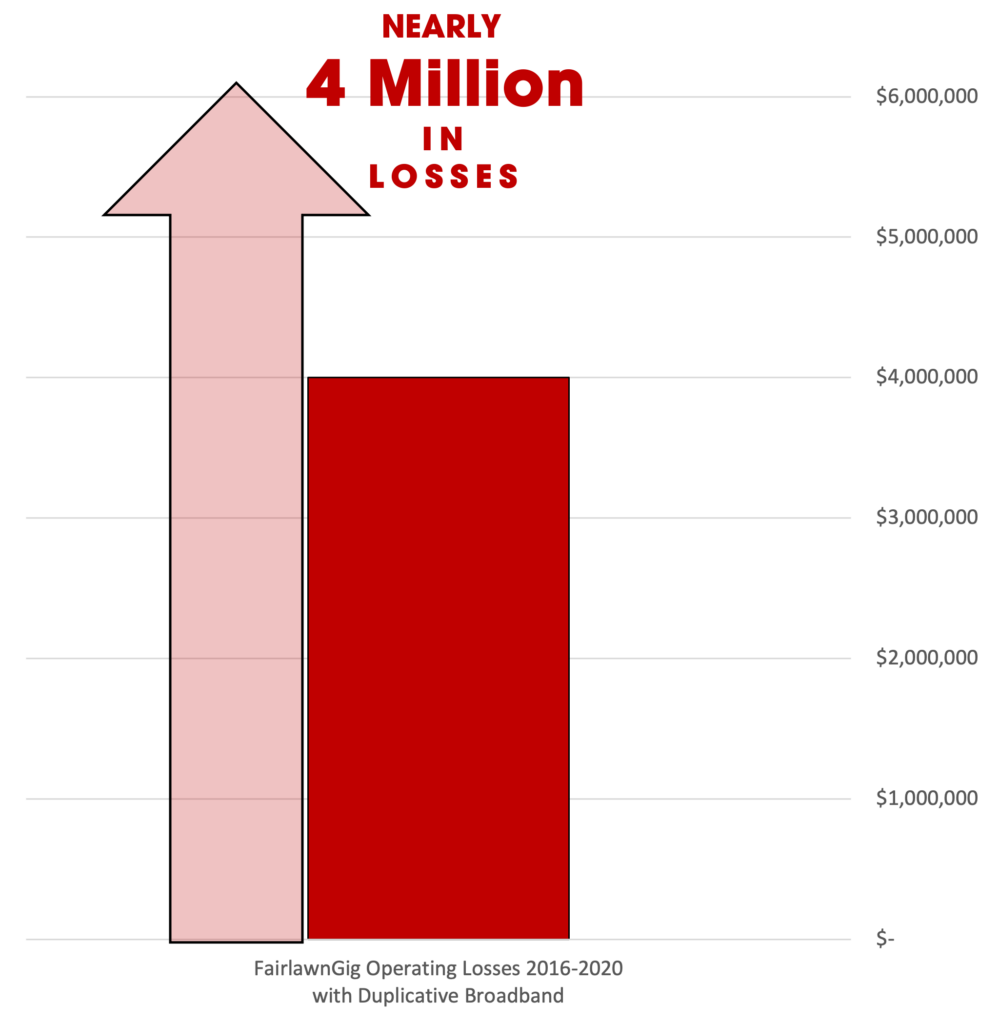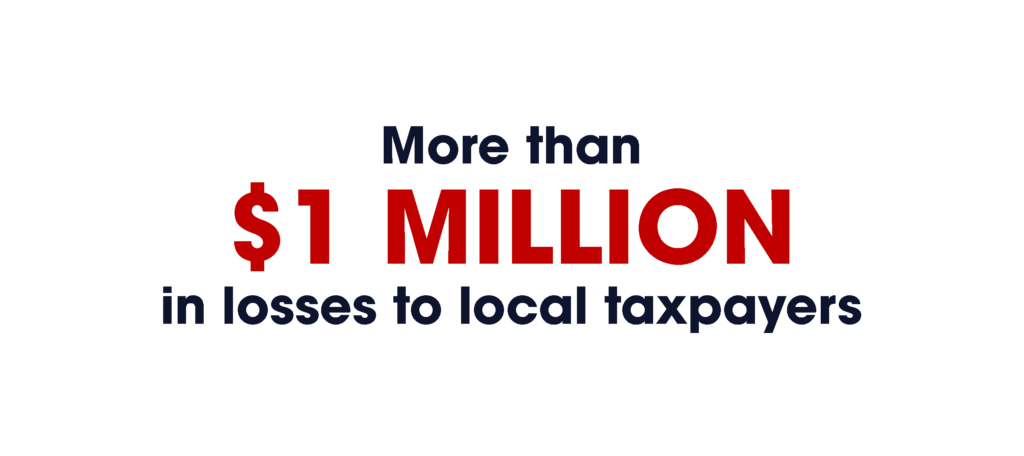
Get the Facts, Columbus
Central Ohio is growing faster than any other region in the Midwest and is projected to welcome nearly 1 million new residents in the coming decades. This growth is a tremendous opportunity for the region but also presents numerous challenges and obstacles, highlighting the need for the development of housing, water and sewer systems, and additional options for transportation. Beyond that, protecting Columbus from crime is already a top priority, and continued investment in public safety will be critical as the city works to grow and revitalize the community.
Here’s the good news, broadband infrastructure and innovation has kept pace with the region’s growth and numerous private internet providers are investing hundreds of millions of dollars to ensure Central Ohio maintains the fast, reliable internet experience that families and businesses count on. Thanks to this investment, Gig Speed service is widely available today in Columbus and across Central Ohio.
However, too many families in need are unable to unlock the full benefits that the region’s existing broadband infrastructure delivers. A report by The Columbus Foundation found that the digital divide in the city is “not the result of a gap in infrastructure,” but rather “The factors driving lack of adoption appear to be, in no order, economic factors, technical literacy, and personal choice.”
The Columbus Foundation further found that “The fastest way to close the gap is to better utilize the infrastructure that is already in place with education and subsidy programs that allow more people to utilize existing fixed and mobile broadband infrastructure…”
To address this, the recent Bipartisan Infrastructure Investment and Jobs Act created the Affordable Connectivity Program (ACP), which offers families affordable ways to get connected. Families across Central Ohio are already taking advantage of this important program. In fact, as of May 2022, more than 56,000 residents of Franklin County had subscribed to the ACP benefit.

Although this program has seen tremendous success to date, thousands more families are eligible for the program. The program offers discounts of up to:
Spreading awareness of the ACP is just one example of the types of opportunities that local government policymakers in Central Ohio have that can help address the digital divide. Others include partnering with existing internet service providers to bring the benefits of broadband to families in need and investing in devices for students and low-income families.
One area that local policymakers should steer away from is building and operating a duplicative internet network, which would take years to develop and deploy, and needlessly saddle taxpayers with potentially hundreds of millions of dollars in unnecessary costs, diverting resources from the areas that need investment the most. These efforts will implement the wrong “solution,” likely leaving those who need help most still unconnected.

The FCC’s Affordable Connectivity Program can help more than 1.4 MILLION Ohio households gain access to affordable broadband.
Innovation Ohio Education Fund Broadband Report, 2022
These government-owned internet projects have a disastrous track-record in Ohio, and usually do not connect families in under-resourced areas that need help the most. Some examples include:



Government-owned networks do nothing to solve Ohio’s core digital equality challenges.
Innovation Ohio Education Fund Broadband Report, 2022
Sign Up For More Information

